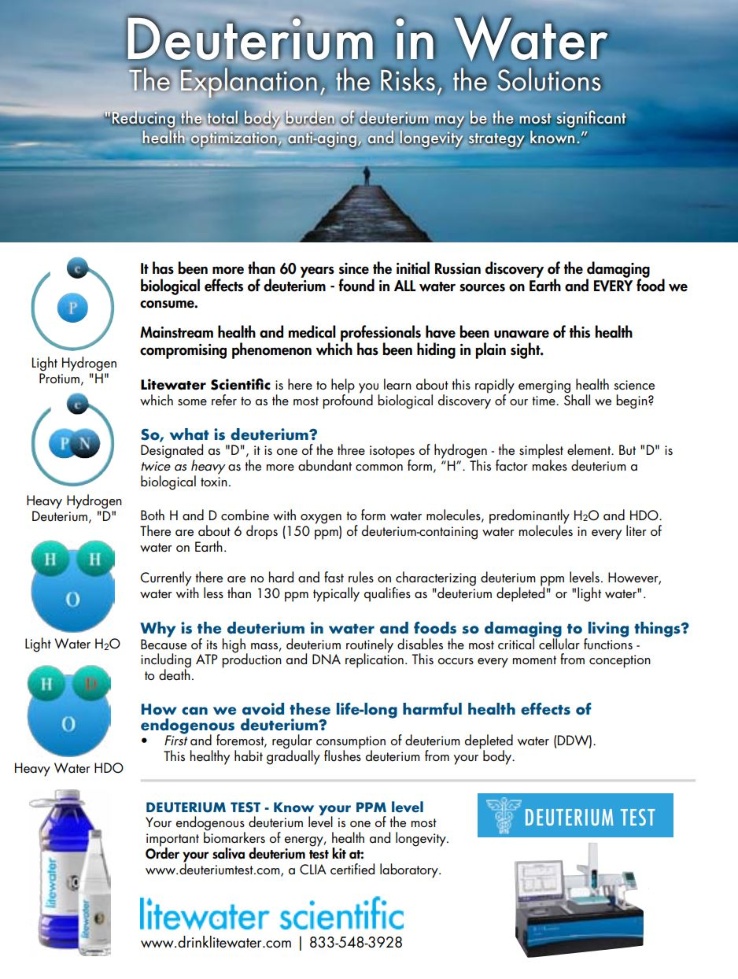…article continued:
Not only does a mismatch of circadian rhythms and feeding patterns cause weight gain, but this mismatch is also an obstacle for weight loss and metabolism repair. In a large post-bariatric surgery study, eating the main meal on average 22 minutes later in the day was associated with a greater number of poor responders to this weight-loss therapy despite similar food composition, number of calories, and level of activity.16 In a small study (n=32) of young women on a weight loss program, those who ate lunch at 4:30 PM, as compared to eating at 1:30 PM, showed decreased glucose tolerance and carbohydrate oxidation with a lower resting energy expenditure.17
Fasting
Intermittent fasting (IF) is rapidly becoming a popular and effective tool to address metabolic disorders from obesity to diabetes to cardiovascular disease. Models of IF include a reduced daily feeding window, exemplified in time-restricted feeding (TRF), and alternate day fasting (ADF) with a fasting day followed by ad libitum feeding day. ADF has also been modified to allow one meal on the day of fasting and is referred to as an alternate day modified fast (ADMF). Also popular is the 5:2 diet with 5 days of ad libitum feeding and 2 days of fasting, which can be back-to-back or separated by feeding days. When compared to daily caloric restriction (CR), these diets perform equally well for weight loss, diet adherence, and for optimizing most cardiometabolic markers. However, fasting models consistently outperform CR for reducing insulin resistance.18 For this reason, IF offers more promise for reversing metabolic inflexibility while weight loss goals are being met.
The effectiveness of intermittent fasting for weight loss is frequently attributed to an overall reduction in calories similar to CR diets. In a study comparing ADF with ad libitum 8-hour TRF, ADF demonstrated 4-6% weight loss in 12 weeks vs. roughly 3% in 12 weeks for TRF. This effect was hypothesized to be due to the overall greater caloric restriction of ADF.19
To date, IF and CR studies show inconsistent and conflicting results in terms of cardiometabolic improvements beyond the effects of IF on insulin. This may be due to additional factors such as exercise, sleep, stress, cultural norms and behaviors, macronutrient balance, and time of eating related to circadian rhythms.20 Furthermore, food quality, optimal nutrient support, toxicant exposure, and genetic differences are likely to impact metabolic pathways driving metabolic disease. Finally, digestive health imbalances and microbiota dysbiosis are associated with and have been shown to drive metabolic illness. This topic alone requires an in-depth understanding beyond the scope of this article.
Where Modern Life “Messed It Up” and How to Get Back on Track
In industrial countries where MetS is prevalent, most people are exposed to calorie-dense nutrient-poor food on a daily basis, while rarely facing food shortage. This shifts metabolism toward fuel storage that is not needed at a future date. This one-way path leads to macronutrient excess in the blood stream as well as ever increasing fat stores. Metabolically, this is driven by inappropriate insulin activity and response.
It has long been recognized that the lifestyle modification of diet, exercise, and circadian rhythms is key to reversing metabolically driven chronic disease. While blood sugar dysregulation, excess weight, and obesity are common features of metabolic illness, caloric restriction and weight loss alone often do not heal the underlying disorder. This has been demonstrated repeatedly both clinically and scientifically. Cardiometabolic profiles do improve with weight loss achieved through caloric restriction; however the metabolically dysregulated profile returns as soon as a eucaloric diet is resumed. To achieve lasting health benefits, metabolism must return to the flexible state.
There is considerable disagreement regarding the best time for eating, sleeping, and exercise to achieve positive and permanent results. Likewise, there are conflicting arguments pitting a low-fat diet against a low-carb diet. Clinically there is always a balance between what science demonstrates and what the patient in front of the clinician exhibits.
This is where the art of medicine dictates intelligent experimentation and individualization. To heal metabolism, it is important to address an individual’s cultural norms, personal preferences, and work requirements. The next step is to introduce a nutrient-dense minimally processed and low-pesticide diet. This is followed by sleep optimization and a manageable physical activity schedule. Once these measures are instated, assess and minimize toxicant exposure of obesogens and consider reducing endogenous stores of these compounds. The plan created for this individual is then assessed and adapted on a regular schedule over a period of months to years. Once metabolic flexibility is reinstated, a supported plan to maintain MetF is often essential to create lasting health.
References
- Zhang, S., et al. The pivotal role of pyruvate dehydrogenase kinases in metabolic flexibility. Nutr Metab (Lond) 11, 10 (2014).
- Smith RL, et al. Metabolic Flexibility as an Adaptation to Energy Resources and Requirements in Health and Disease. Endocr Rev. 2018;39(4):489-517.
- Freese J, et al. The sedentary (r)evolution: Have we lost our metabolic flexibility?. F1000Res. 2017;6:1787. Published 2017 Oct 2.
- Egusquiza RJ, Blumberg B. Environmental Obesogens and Their Impact on Susceptibility to Obesity: New Mechanisms and Chemicals. Endocrinology. 2020;161(3):bqaa024.
- Darbre PD. Endocrine Disruptors and Obesity. Curr Obes Rep. 2017;6(1):18-27.
- Krueger PM, et al. Cumulative exposure to short sleep and body mass outcomes: a prospective study. J Sleep Res. 2015 Dec;24(6):629-38.
- Ford ES, et al. Sleep duration and body mass index and waist circumference among U.S. adults. Obesity (Silver Spring). 2014 Feb;22(2):598-607.
- Quante M, et al. Zeitgebers and their association with rest-activity patterns. Chronobiol Int. 2019 Feb;36(2):203-213.
- Morris CJ, et al. Endogenous circadian system and circadian misalignment impact glucose tolerance via separate mechanisms in humans. Proc Natl Acad Sci U S A. 2015;112(17):E2225-E2234.
- Wake AD. Antidiabetic Effects of Physical Activity: How It Helps to Control Type 2 Diabetes. Diabetes Metab Syndr Obes. 2020;13:2909-2923.
- Gabriel BM, Zierath JR. Circadian rhythms and exercise – re-setting the clock in metabolic disease. Nat Rev Endocrinol. 2019 Apr;15(4):197-206.
- Ezagouri S, et al. Physiological and Molecular Dissection of Daily Variance in Exercise Capacity. Cell Metab. 2019 Jul 2;30(1):78-91.e4.
- Fairbrother K, et al. Effects of exercise timing on sleep architecture and nocturnal blood pressure in prehypertensives. Vasc Health Risk Manag. 2014 Dec 12;10:691-8
- Reid RER, Thivel D, Mathieu ME. Understanding the potential contribution of a third “T” to FITT exercise prescription: the case of timing in exercise for obesity and cardiometabolic management in children. Appl Physiol Nutr Metab. 2019 Aug;44(8):911-914.
- Aoyama S, Shibata S. Time-of-Day-Dependent Physiological Responses to Meal and Exercise. Front Nutr. 2020 Feb 28;7:18.
- Garaulet M, et al. Timing of food intake predicts weight loss effectiveness [published correction appears in Int J Obes (Lond). 2013 Apr;37(4):624]. Int J Obes (Lond). 2013;37(4):604-611.
- Lopez-Minguez J, Gómez-Abellán P, Garaulet M. Timing of Breakfast, Lunch, and Dinner. Effects on Obesity and Metabolic Risk. Nutrients. 2019 Nov 1;11(11):2624.
- Hoddy KK, et al. (2020), Intermittent Fasting and Metabolic Health: From Religious Fast to Time‐Restricted Feeding. Obesity, 28: S29-S37.
- Gabel K, et al. Effects of 8-hour Time Restricted Feeding on Body Weight and Metabolic Disease Risk Factors in Obese Adults: A Pilot Study. Nutr Healthy Aging. 1 June. 2018: 345 – 353.
- Rynders CA, et al. Effectiveness of Intermittent Fasting and Time-Restricted Feeding Compared to Continuous Energy Restriction for Weight Loss. Nutrients. 2019;11(10):2442.
Bio
During her 20 years of practice, Dr. Nedrow has worked in midwifery, women’s health, family medicine, and healthy aging. She has had the opportunity to support nearly a thousand patients through her cleansing and metabolic healing programs. Dr. Nedrow is the President of the National Association of Environmental Medicine (NAEM) and a widely recognized speaker on topics that include naturopathic medicine, environmental medicine, detoxification, and keto-adaptation. She is the author of three books, including the most recently published, Metabolic Flexibility, How to Heal Your Metabolism with a Ketogenic Diet.





